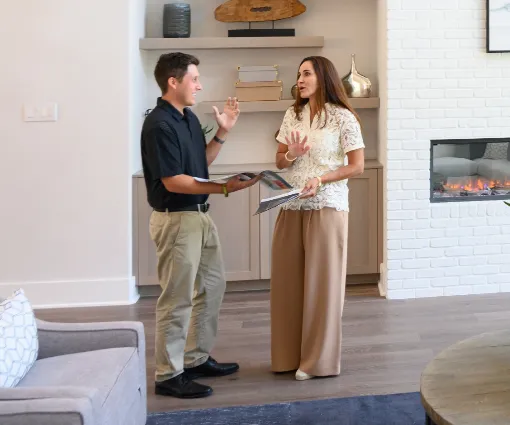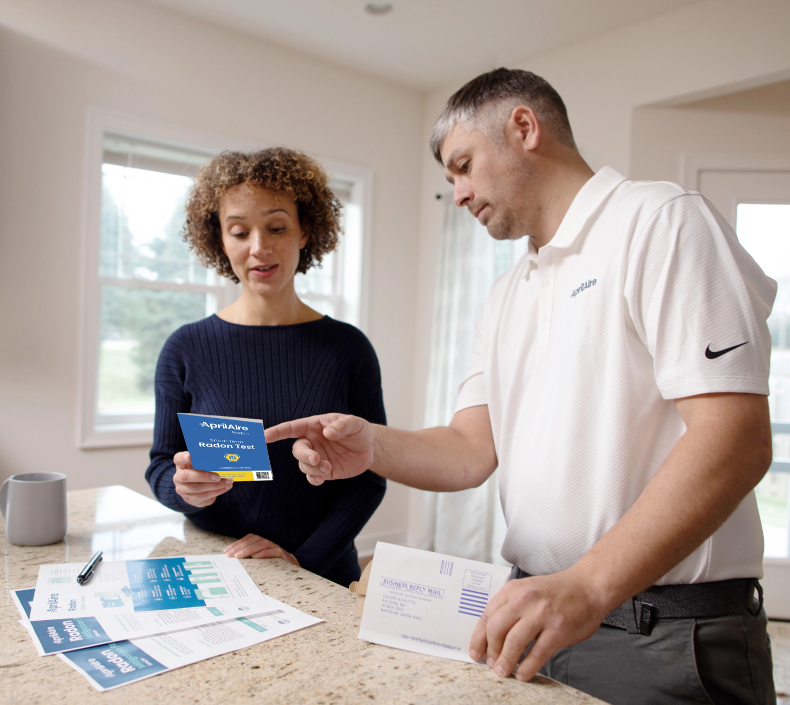Healthy Home Blueprint: Pest Control Solutions
3 minute read
You may be surprised to learn that you’re susceptible to pesticide exposure inside your home, even if you’re only focusing on pest control solutions outside your home. Regardless of whether your pest control solutions are professionally done or something you like to DIY, indoor and outdoor pest remediation can actually set unwanted chemicals loose in your home’s air.
In fact, “a study suggests that 80% of most people’s exposure to pesticides occurs indoors and that measurable levels of up to a dozen pesticides can be found in the air inside homes,” per the EPA.
Pests love warm, humid environments, like basements and crawl spaces. Luckily, there are natural, chemical-free ways to promote pest control solutions and deter them from entering your home, including waterproofing, humidity control, and ventilation.
Key Ways to Reduce Pesticide Exposure Indoors
Regardless of your pest control solutions, there are a few ways you can prevent airborne contaminants, like pesticides, from impacting the air inside your Healthy Home:
- Follow manufacturer instructions on all products
- Mix or dilute chemicals with water
- Opt for pest control solutions that avoid chemical use
- Introduce AprilAire Whole-House Fresh Air Ventilation
The Unseen Dangers of Pest Control Solutions and How You Can Protect Your Home
Pesticides—which include insecticides, termiticides, and disinfectants—can be widespread in our homes. But, if we’re only treating the outside, how can pest control solutions possibly impact us inside? Well, dangerous chemicals found in contaminated soil, pesticide containers (even when not in use), and compromised household surfaces can leak into your home’s air and create a lasting, negative impact.
How can you know if your air is compromised? Exposure to pesticides can lead to several unwanted side effects. In the short term, you might experience headaches, dizziness, muscle weakness, or nausea. But, when you’re frequently exposed, you can develop long-term concerns like central nervous system damage and an increased risk of cancer.
While it’s not always possible to keep our pest control solutions contained externally, Healthy Air can protect the air inside your Healthy Home from pesticides, allergens, and more!
Healthy Home Dos & Don’ts
To protect your air from lingering contaminants and chemicals, be sure to follow these important tips.
DO: Ventilate your home
A ventilation system acts as your home’s own set of lungs. With AprilAire Whole-House Fresh Air Ventilation, designed to reduce and dilute pollutants, you can help your home breathe clean air in and exhale dirty air out.
DON’T: Disobey manufacturer instructions on products
In the event you are using chemicals as a pest control solution, always be sure to follow the instructions outlined on the product packaging. Proper use can help limit the amount of contaminants that may compromise your home’s air.
DO: Supplement ventilation by opening windows or using fans
To help replicate the process of ventilation, or supplement your existing solutions, opening windows and using fans can offer short-term benefits as they work to send dirty air out. Be sure to follow these rules when implementing pest control solutions to reduce Indoor Air Quality impacts.
DON’T: Overuse products
Overusing chemicals as a pest control solution can result in long-term health impacts. By diluting your pesticides with water (per manufacturer directions) or opting for natural solutions, you can protect your home from VOCs and the like, while also expanding the lifespan of your product.
DO: Protect yourself, always
In addition to protecting your air, it’s important to protect yourself and use gear like goggles, gloves, and masks when trying out pest control solutions.
Final Thoughts
While pesticides are how we commonly implement pest control solutions, the impacts they can have on our home and health are unacceptable. With the right pest control solutions and Healthy Air solutions in place, you can always enjoy a happy, Healthy Home environment, always.

